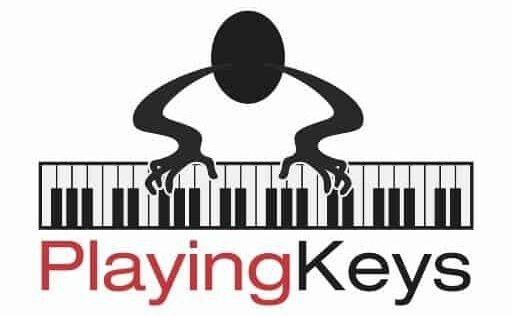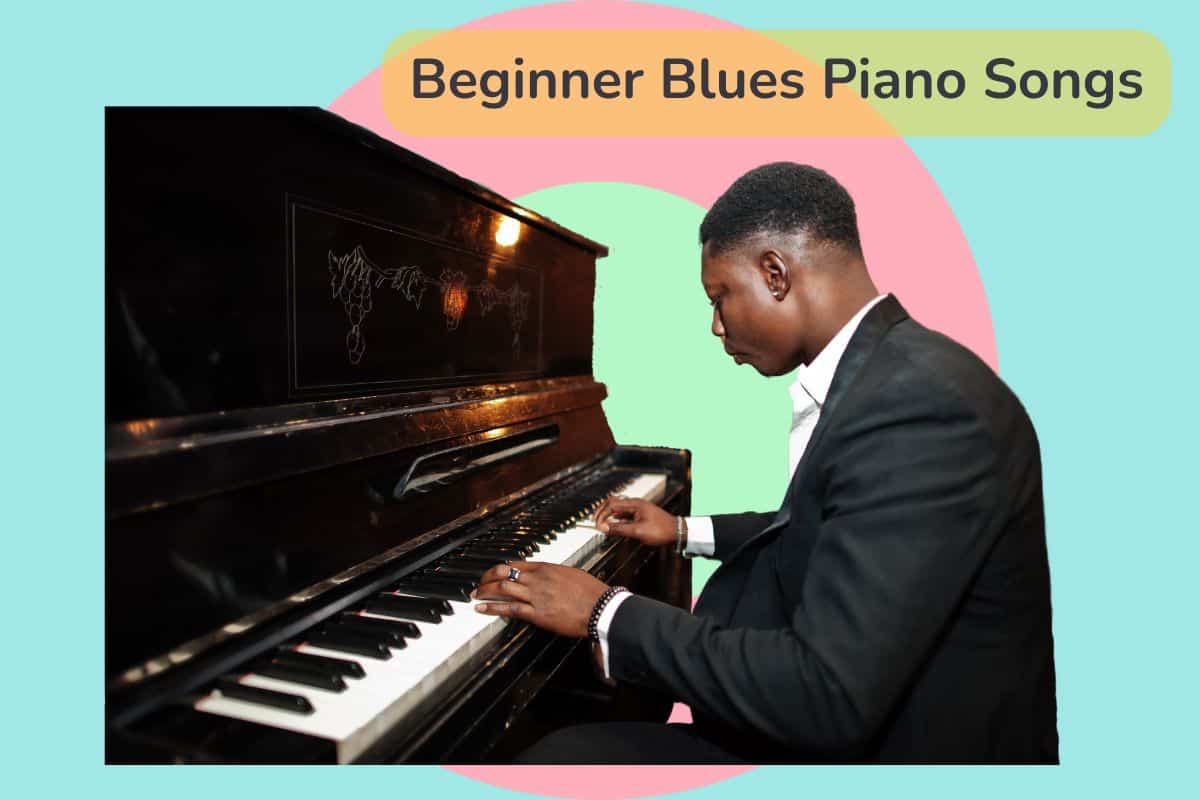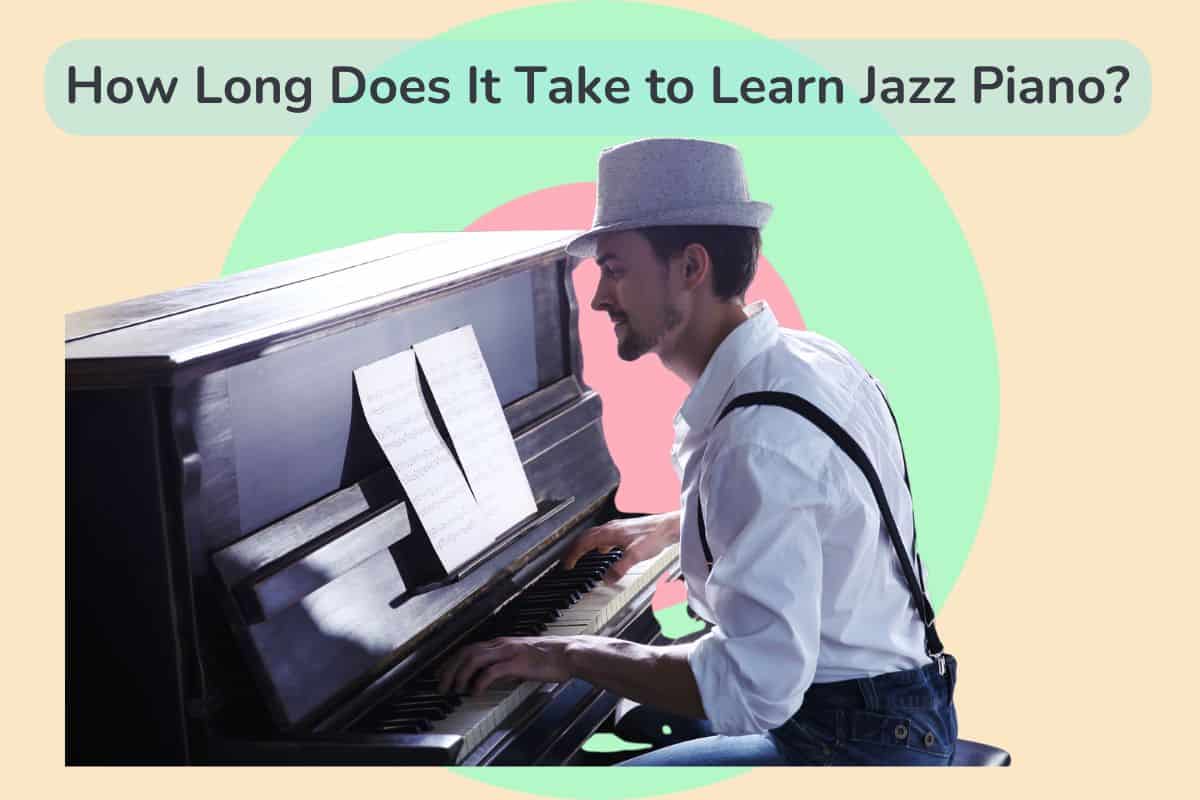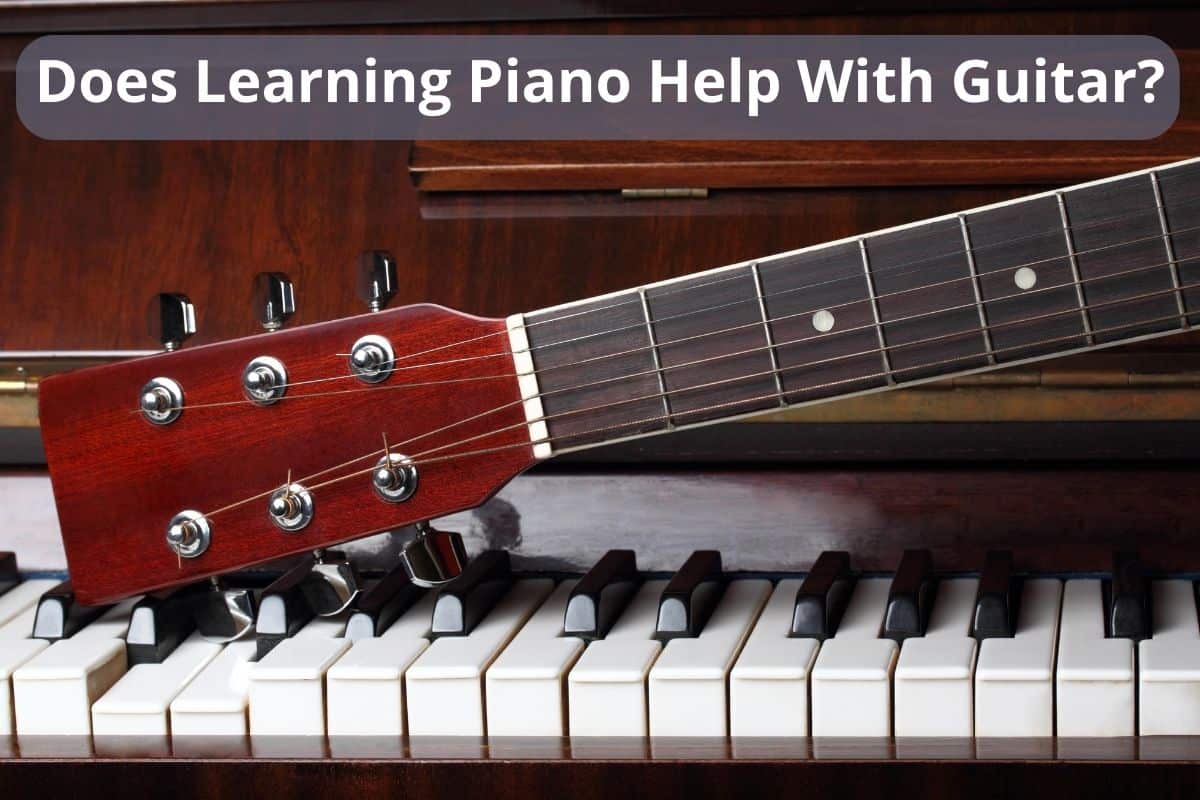Piano theory is the roadmap of music that you play or wish to engage with on the keyboard. It encompasses the essentials of reading music, understanding harmony, and grasping rhythm—essentially, the language of music. Music theory lets you decipher the why and how behind the pieces you’re drawn to, giving insight not just into the notes but also the emotional resonance and structure that make a composition memorable.
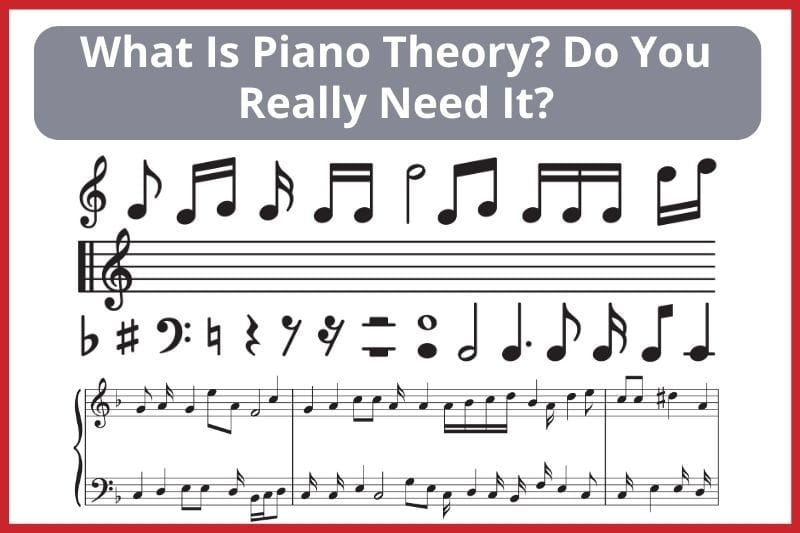
You might wonder if piano theory is necessary for your musical journey. If your goal is to play music with depth and understanding, then the answer is yes. Theory is not just for composers or music academics—it’s for anyone who wants to enhance their playing experience and communicate more effectively through music. It allows you to take control of the music you’re creating or interpreting, ensuring each keystroke is both intentional and informed.
Why Every Piano Student Should Learn Music Theory
When first starting with piano playing, you’ll quickly find that there’s a language behind the music you love. Learning music theory not only lets you understand a piece’s structure and elements—it also unlocks your creative potential.
To Understand the ‘Why’ Behind Music
Imagine dissecting your favorite song to see what makes it tick. Music theory takes the mystery out of how melodies, harmonies, and chords create the magic you hear. You’ll start to recognize patterns in various genres and learn to appreciate the craftsmanship that makes a tune timeless.
- Unravel Complex Pieces: Grasping themes and variations demystifies complex compositions like Sonatas.
- Appreciate Musical Connections: Discover links between modern songs and classical pieces—revealing a rich tapestry of musical evolution.
To Enhance Your Creativity
Knowing music theory is akin to having a well-stocked toolbox. It’s about understanding the rules to create—or break them—crafting original expressions of art.
- Experiment with Confidence: Mix and match chord progressions, rhythms, and textures to find your unique sound.
- Stand on the Shoulders of Giants: Emulate classically trained legends who’ve bent musical rules to shape modern masterpieces.
To Harmonize with All Instruments
As a pianist, you command a rare ability to perform full song arrangements solo. Theory extends this ability beyond the piano, bridging the gap between all instruments.
- Apply Universal Concepts: Theories of rhythm, melody, and structure transcend piano—aiding your journey with other instruments.
- Facilitate Musical Camaraderie: Communicate effectively with other musicians, enhancing collaboration.
To Speak a New Language
Music theory is a language that helps you connect and express musical ideas across various contexts.
- Use Notation as a Tool: Read and write music to recall, interpret, and share pieces effortlessly.
- Navigate Musical Dialogues: Communicate chord names and scale patterns for swift and clear musical interactions.
With music theory, you’re not just playing notes; you’re engaging with an entire musical universe. Whether you aim to interpret the classics or improvise in a jazz quartet, theory is your roadmap to a richer experience.
Practical Applications of Piano Theory
Piano theory equips you with the tools to understand and create music effectively. It enhances your ability to perform, improvise, and compose music by providing clear guidelines on musical elements.
The Role of Music Notation
Music notation is the language of sheet music. It includes symbols like notes, rests, and clefs that guide you in playing music accurately. It’s essential for interpreting written music and converts what’s on the page into sound.
Rhythm and Time Signatures
Rhythm is shaped by the time signature of a piece, usually found at the beginning of sheet music. For instance, 4/4 time signifies four beats per measure with the quarter note getting one beat. Understanding these will dictate the tempo and feel of the music you play.
Intervals and Scales
Intervals are the distances between two notes, crucial for building scales and chords. Scales, like the major and minor scales, are sequences of notes played in ascending or descending order. They form the foundation for songwriting and improvisation.
Key Signatures and the Circle of Fifths
Key signatures indicate the key of the music and determine which notes are sharp or flat throughout. The circle of fifths is a visual tool that helps you understand the relationship between different key signatures, enhancing your music composition.
Chords and Progressions
Chords are made up of several notes playing simultaneously, and progressions are sequences of chords that create a musical narrative. Grasping chords and progressions is key to composing and gives structure to your playing.
Harmony and Melody Interaction
Harmony supports the melody and adds texture to the music. It results from the combination of different notes and chords. Your understanding of theory allows you to manipulate harmony and melody, enriching the music you compose or play.
Understanding Musical Forms
Musical form refers to the structure of a piece of music. Forms can range from simple (like binary or ternary) to complex (like rondo or sonata form). Knowing these forms aids in your appreciation of music’s structure and guides you in creating your compositions.
Approaching Minor Keys
Minor keys provide a different emotional expression compared to major keys. They have their own sets of scales and chords. Recognizing the use of minor keys, including relative minors, is vital for interpretation and composition.
Expression and Articulation Marks
Expression marks, such as dynamics and articulation symbols (for example, staccatos and legatos), tell you how to play a note or phrase. Understanding these will allow you to convey the emotions of the piece accurately.
Dynamics of Piano Music
Dynamics involve the volume at which music is played, from soft (piano) to loud (forte). They provide depth and intensity to your playing, making it more expressive and impactful.
Techniques for Effective Learning
Mastering piano theory involves a combination of specialized practice techniques. Develop your skills in each of these areas to become a well-rounded pianist.
Ear Training and Aural Skills
To sharpen your ear, regularly practice identifying intervals, chords, and rhythms. Use tools like:
- Apps: Mobile applications that focus on interval training.
- Songs: Associating intervals with familiar songs.
- Aural skills: These help you understand and anticipate the music you’re playing, improving your reaction time and musicality.
Sight-Reading and Music Interpretation
Sight-reading is a vital skill for fluid piano playing. Work on:
- Daily Practice: Dedicate time to read new pieces.
- Pattern Recognition: Learn to recognize common musical structures. Grasping the nuances in music notation will enhance your ability to interpret and perform a piece as intended.
Piano Technique and Physicality
Efficient technique is crucial. Focus on:
- Hand Positioning: Ensure your hands are properly aligned.
- Exercises: Incorporate scales, arpeggios, and Hanon exercises. Proper technique reduces the risk of injury and increases your ability to play challenging pieces with ease.
Learning and Memorization Strategies
Effective strategies include:
- Chunking: Break pieces into smaller sections.
- Association: Connect musical phrases to emotions or stories. This approach helps you memorize pieces more quickly and affords easier recall during performances.
Playing by Ear and Transcription Skills
To play by ear:
- Start Simple: Begin with basic melodies and progress to more complex ones.
- Transpose: Practice playing songs in different keys. Developing these skills lets you play music without sheet music and fosters a deeper connection with the material.
Final Thoughts
As you can see, engaging with piano theory can be incredibly rewarding. Not only does it provide a foundation for recognizing patterns and predicting musical direction, but it also simplifies learning new pieces. With theory knowledge, you’ll understand why certain chords evoke specific feelings and how melodies interact with harmonies to create a story. And while the piano’s layout, with its repeating octaves and half-steps, might seem daunting, it’s actually a clear visual guide to these theoretical concepts. So yes, you do need piano theory.
